Canada has a rich history of natural wonders, architectural feats, and cultural heritage sites that tell the story of its past and present glory. From ancient Indigenous structures to colonial-era buildings and awe-inspiring landscapes, these landmarks offer an in-depth insight into the country’s identity.
However, many of these historical sites are under multiple threats, ranging from climate change, urban development, neglect, and natural erosion. This article explores 22 of these Canadian landmarks that are at risk of being lost forever, urging greater awareness and protection of the country’s national heritage.
L’Anse aux Meadows, Newfoundland and Labrador
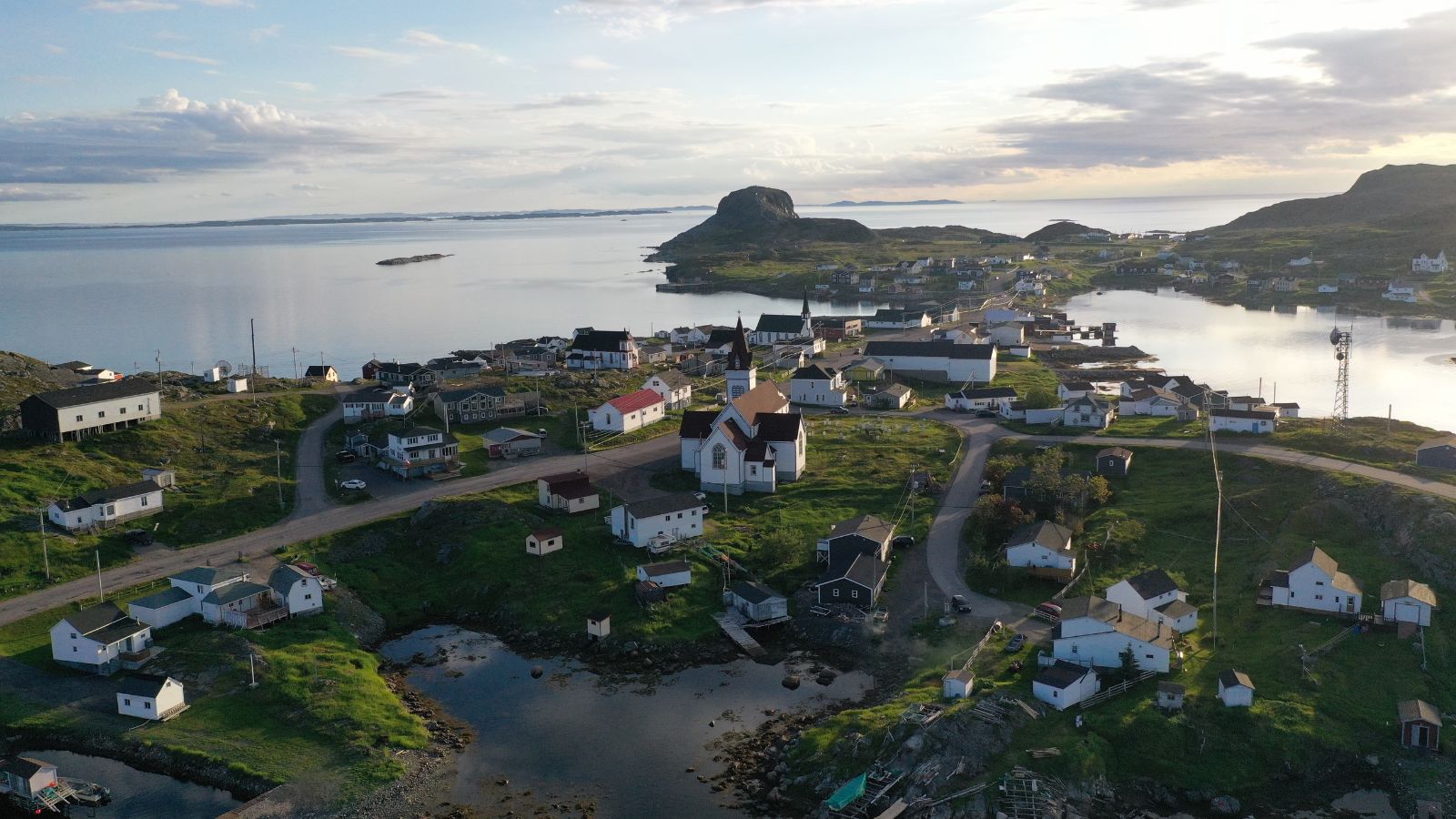
This UNESCO World Heritage Site marks one of the earliest known European settlements in North America, established nearly 500 years before Columbus—offering rare insight into Norse exploration on the continent. Located on the coast of Newfoundland, the Norse village is a valuable archaeological site.
Erosion in the region is being accelerated by harsh coastal weather and sea-level rise. Insufficient preservation efforts may result in the loss of the earthworks and timber remnants. The site’s historical significance in reshaping the narrative around exploration makes its protection vital. It’s not just a Canadian treasure but a global one.
Fortress of Louisbourg, Nova Scotia
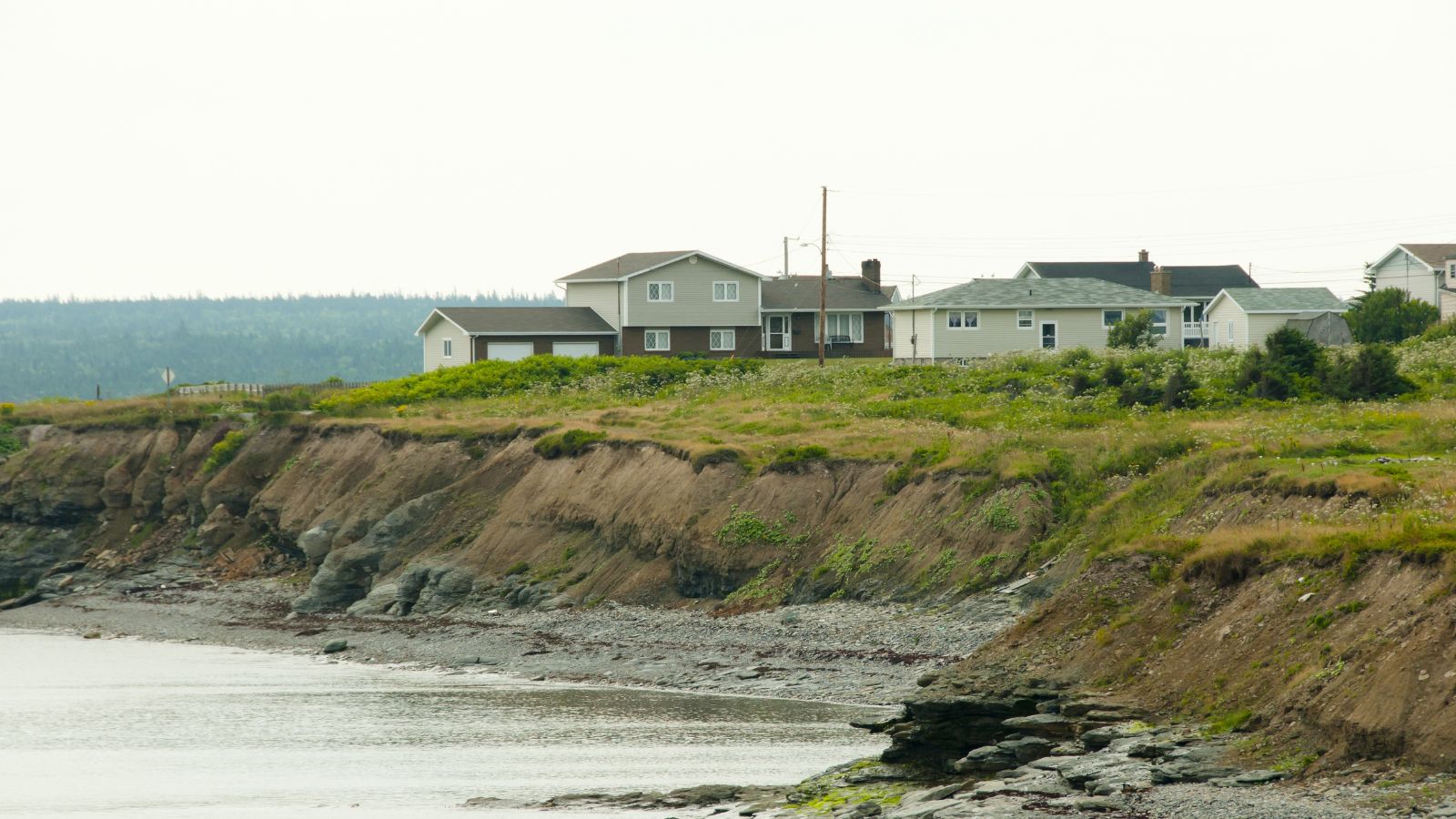
The Fortress of Louisbourg was once the largest French fortress in North America and is now a carefully reconstructed 18th-century town. The fortress has withstood centuries of storms, but climate change poses new threats, including more frequent hurricanes.
The shoreline is gradually being eaten away by coastal erosion, endangering the entire site. The area may become inaccessible and unsafe if preservation funding falls short. The fortress offers insights into colonial life, and its loss would mean the erasure of our collective history.
Parliament Hill, Ottawa
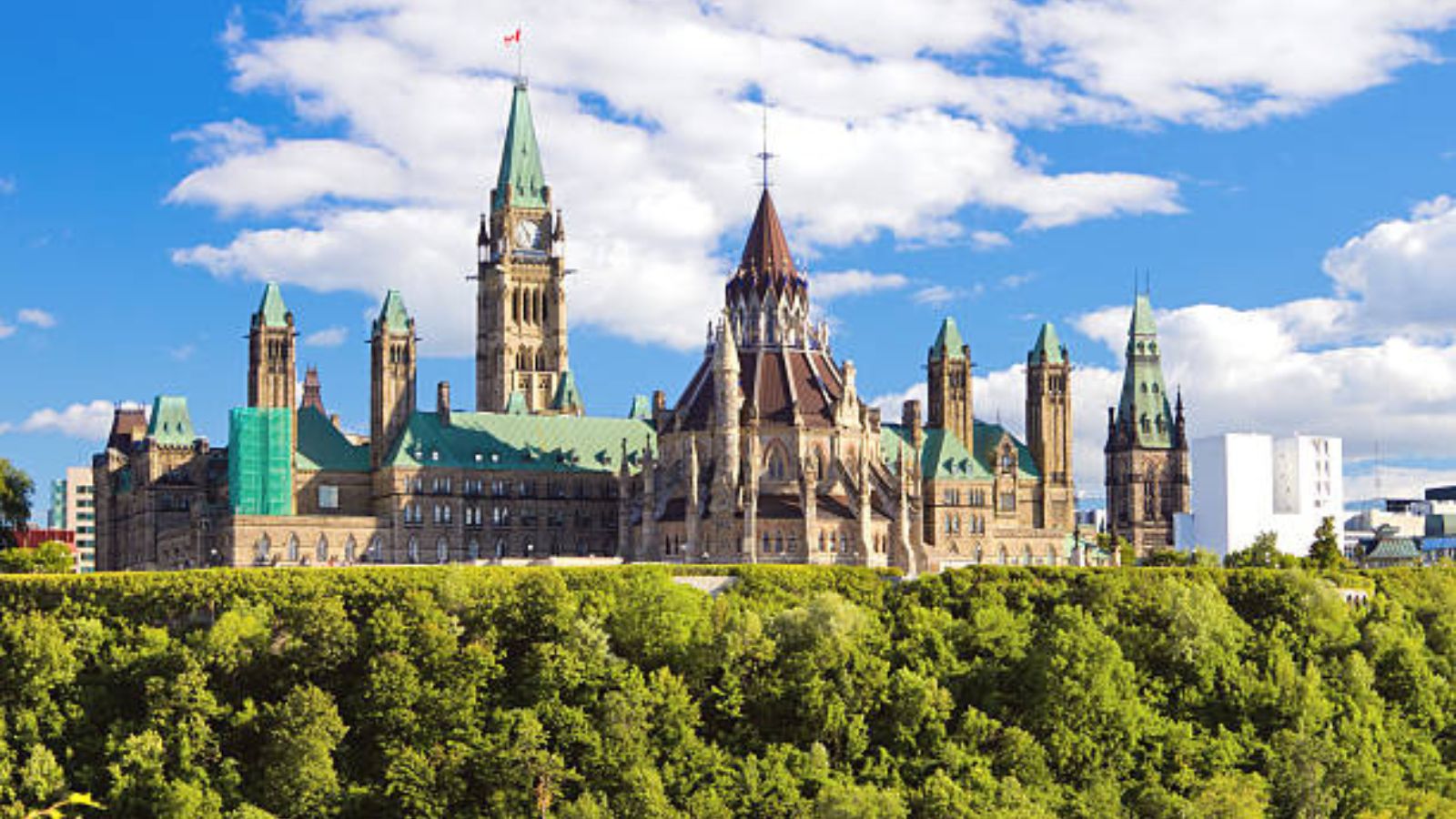
Standing as a symbol of Canada’s democracy, Parliament Hill is both politically and architecturally significant. It has recently undergone renovations in an attempt to preserve the structures, but internal deterioration and structural challenges have proven to be costly and complex.
If the budget or effort falls short, parts of this landmark may become unusable. Parliament Hill’s Gothic Revival design is not just visually appealing but also represents Canada’s roots in British parliamentary tradition. The loss of any part of it would diminish national identity and political heritage.
Banff Springs Hotel, Alberta
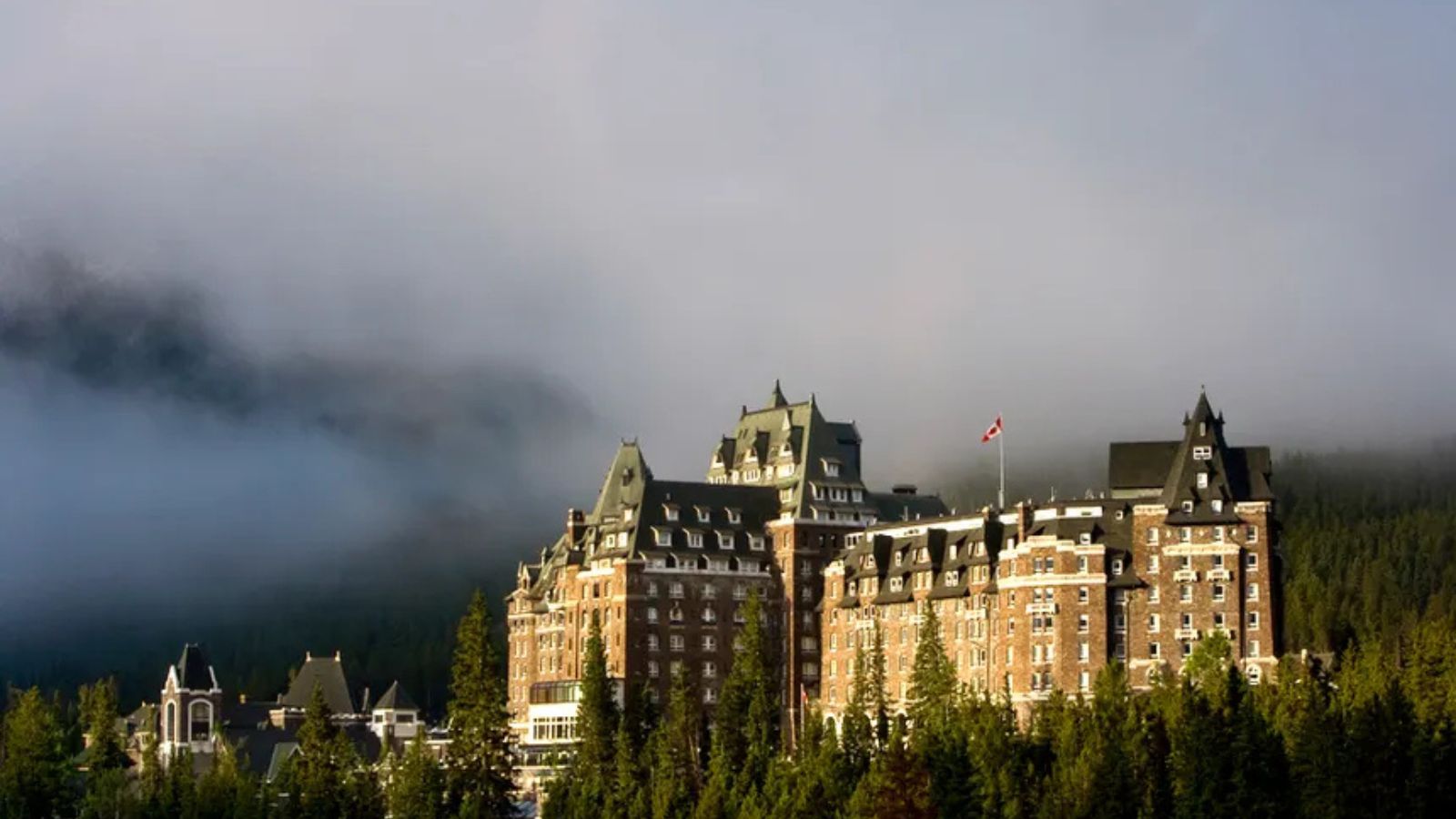
This ancient hotel is a part of Banff National Park, situated in the center of the Rockies. Since 1888, it has served as a luxurious gateway to the wilderness. However, increased tourism and climate change pose a threat to the surrounding ecosystem.
There are growing concerns about landslides, forest fires, and strain on infrastructure. If environmental damage remains unchecked, this iconic site could become inaccessible or badly damaged. Its architectural charm and setting make it a symbol of Canadian hospitality in harmony with nature.
St. Boniface Cathedral, Manitoba
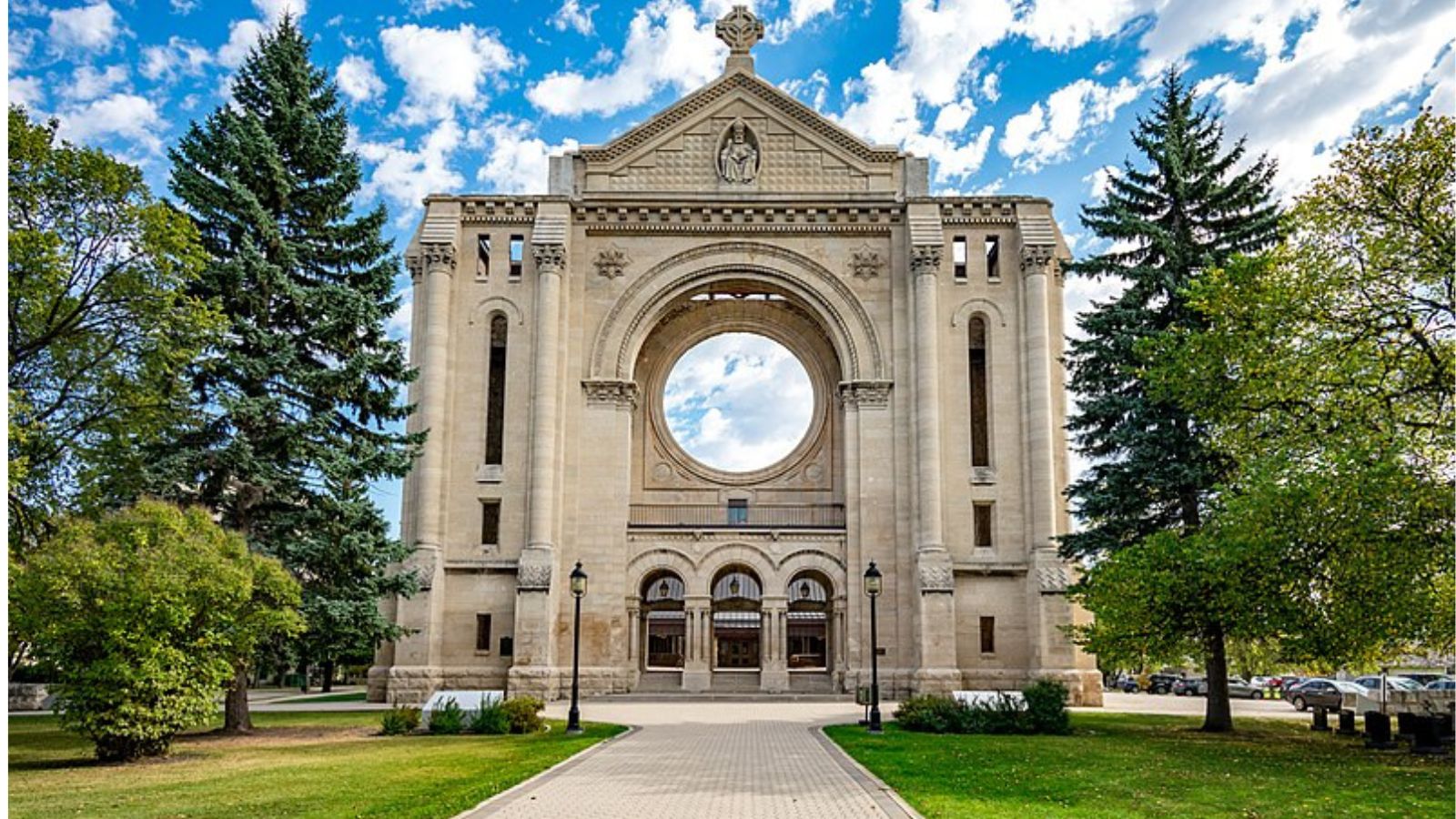
Winnipeg’s St. Boniface Cathedral is a spiritual hub and an architectural marvel for Francophone Manitobans. In 1968, after a devastating fire, only a stone façade remained, which on its own is an iconic structure.
Decades of exposure to the elements have left the remaining stone façade fragile. Without immediate reinforcement and ongoing maintenance, this cultural landmark risks total collapse. It holds great significance in the French-Canadian community, and that makes its preservation a matter of cultural urgency.
Dawson City, Yukon

This frontier town is an embodiment of the spirit of the Klondike Gold Rush and serves as a living museum of Canada’s northern history. Many of its original buildings are made of wood, so they are vulnerable to decay and fire.
Permafrost melt is causing foundations to shift, increasing structural risks. The town’s foundations are beginning to destabilize with the acceleration in climate change. Dawson City is not just a historical curiosity; it’s also a narrative in wood and earth of ambition, discovery, and hardship.
Old Montreal, Quebec
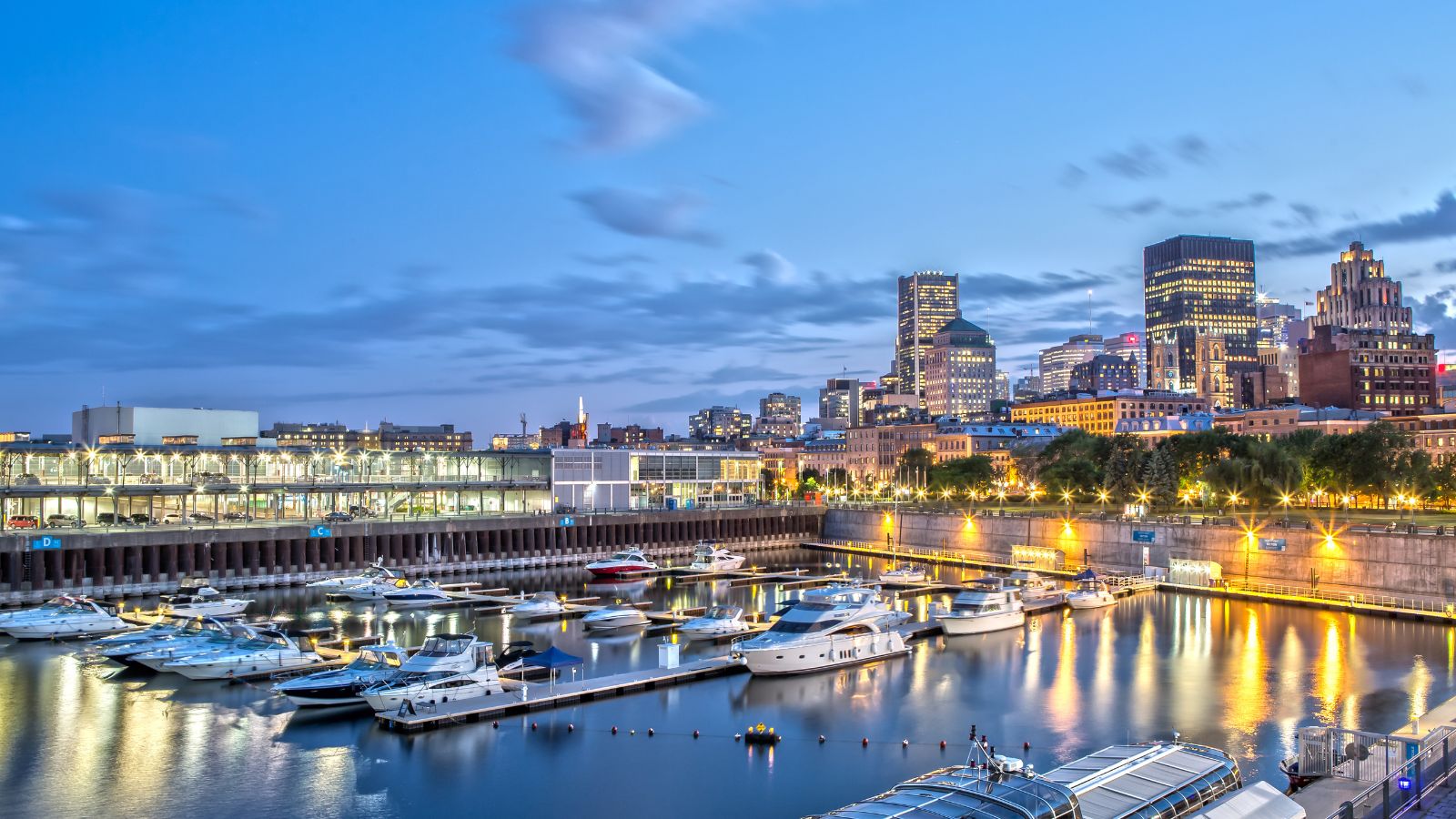
The preserved facades and cobbled streets of Old Montreal make it one of the most picturesque parts of Canada. However, its authenticity is under threat because of rising real estate values and urban development pressures.
Heritage buildings are being gutted and converted into luxury condos, stripping them of their historical character and weakening the district’s cultural authenticity. While it is being sustained financially through tourism, foot traffic also contributes to wear and tear. Without careful urban planning, the district could lose its charm and historical relevance.
Gjoa Haven, Nunavut
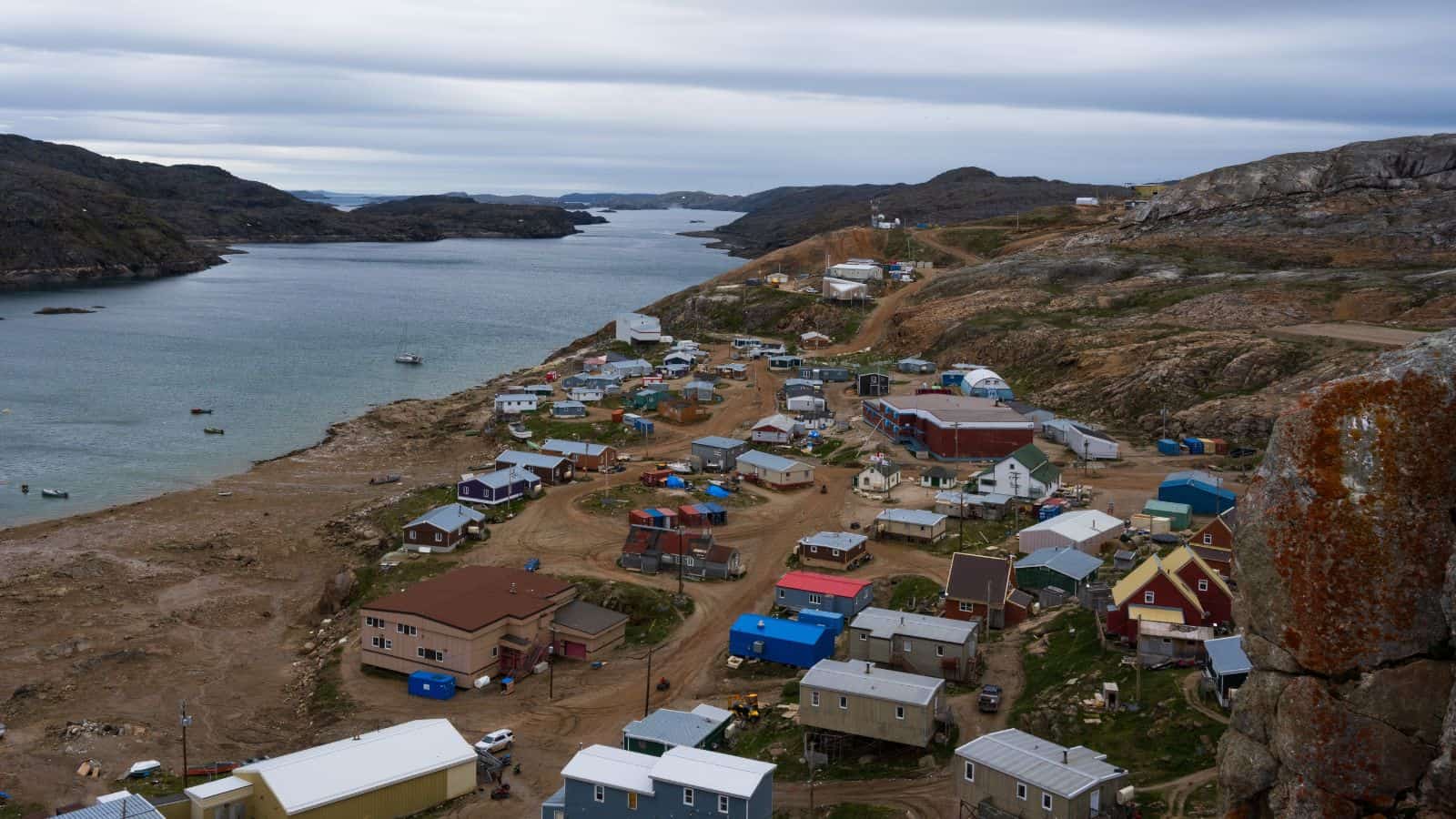
Located above the Arctic Circle, Gjoa Haven holds immense historical and cultural value, especially for the Inuit community. It is also the final resting place of the Franklin Expedition ships, now a National Historic Site.
However, the warming Arctic is causing a dramatic change in the landscape. Thawing permafrost and sea ice loss threaten the community along with its archaeological riches. The cultural continuity of the Inuit people is closely related to this land, making its protection a high priority.
Gabriola Island Petroglyphs, British Columbia
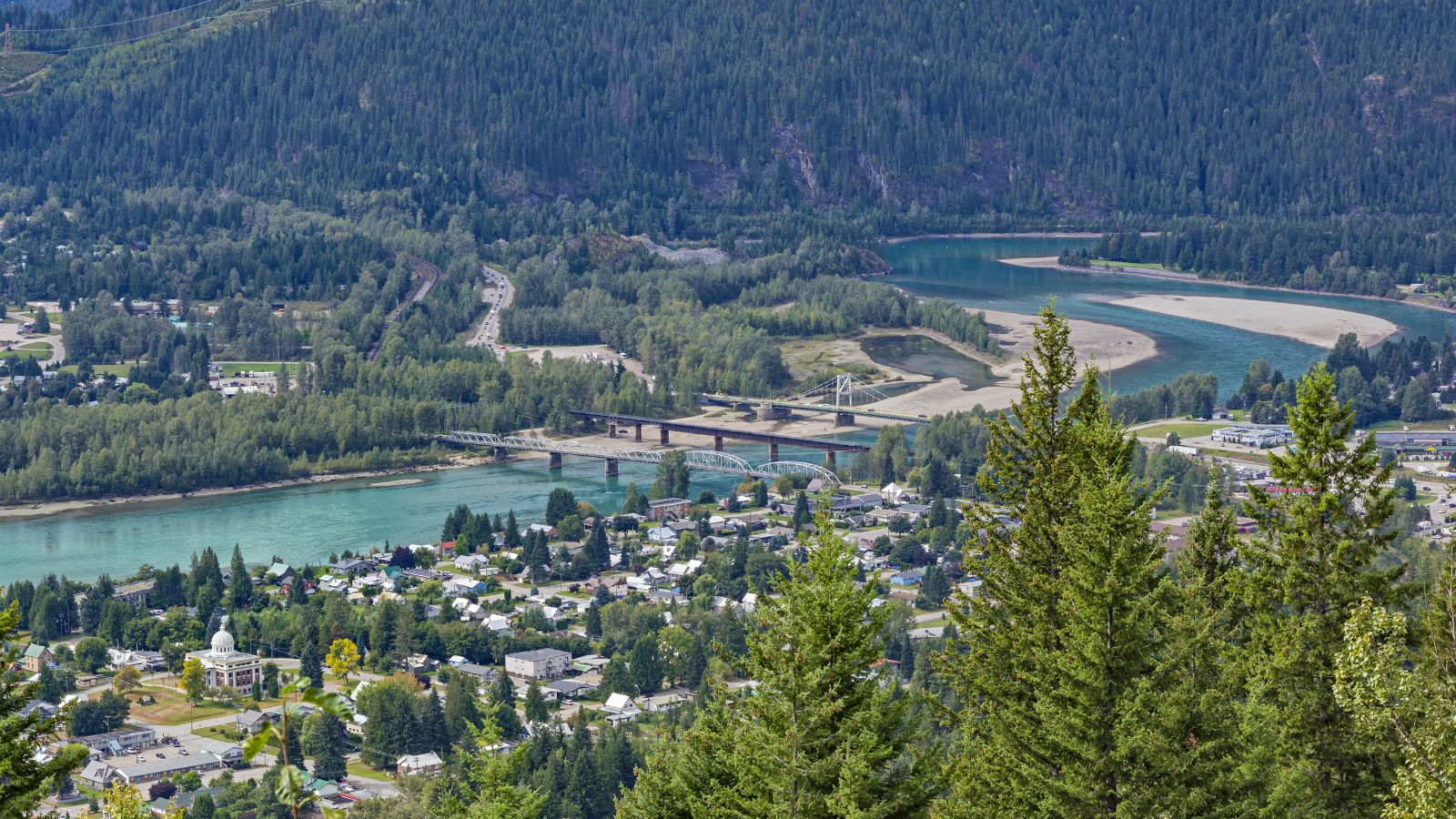
Constant exposure to the elements—compounded by acid rain and acts of vandalism—is causing these ancient carvings to deteriorate at an alarming rate.
There are ongoing efforts to document them, but physical preservation remains limited. Without taking protective measures, these messages from the past could disappear. Their spiritual and historical importance to First Nations communities adds to the urgency of their protection.
Empress Hotel, British Columbia
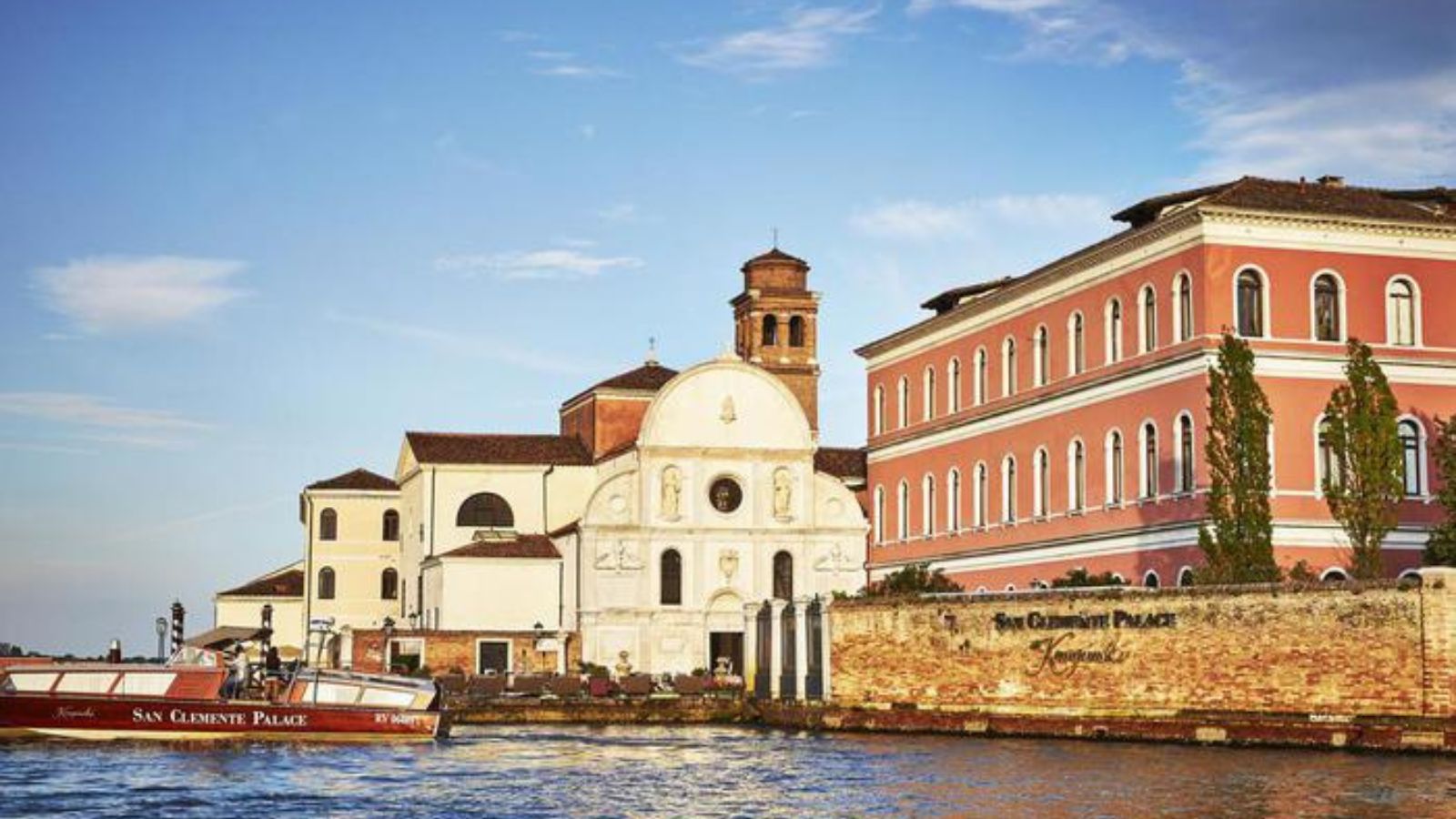
This iconic hotel, situated in Victoria, stands as a testament to Edwardian architecture and hospitality. While renovative efforts have helped preserve it, climate issues and coastal vulnerabilities continue to be a cause for concern.
With rising sea levels and aging infrastructure, future damage is highly likely. The Empress is more than a building—it is an emblem of Victoria’s colonial and cultural heritage. If neglected, it could lose its charm or even its functionality.
Rideau Canal, Ontario
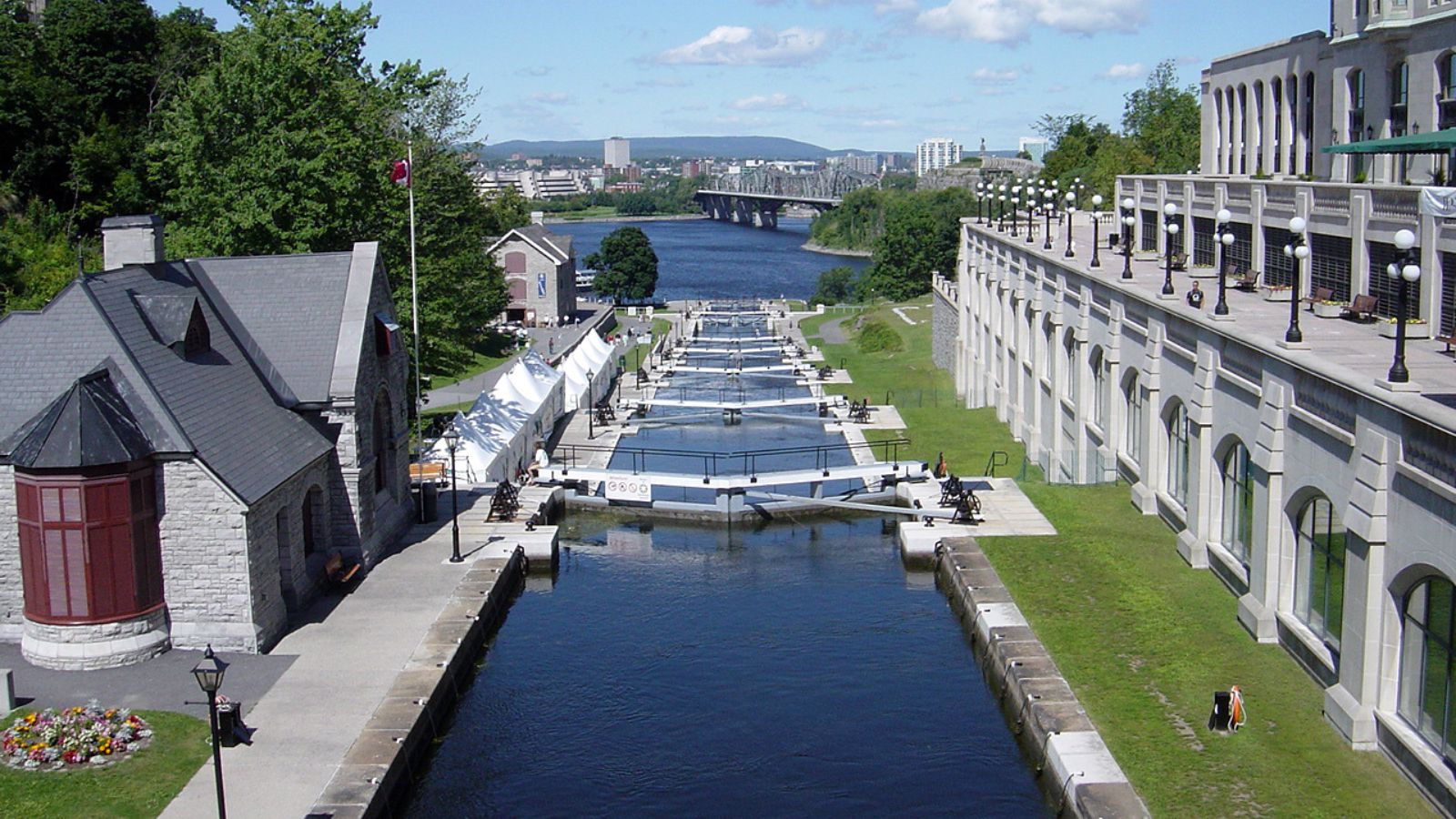
The Rideau Canal is a marvel of early 19th-century engineering and is now a UNESCO World Heritage Site. Currently used for both transportation and recreation, it is susceptible to flooding and changing precipitation patterns.
Ice skating on the canal, a beloved tradition, is increasingly threatened by warmer winters. It also faces other risks, such as the structural integrity of its locks and embankments. Losing this site would mean the erasure of a key part of Ontario’s and Canada’s engineering legacy.
Signal Hill, Newfoundland and Labrador
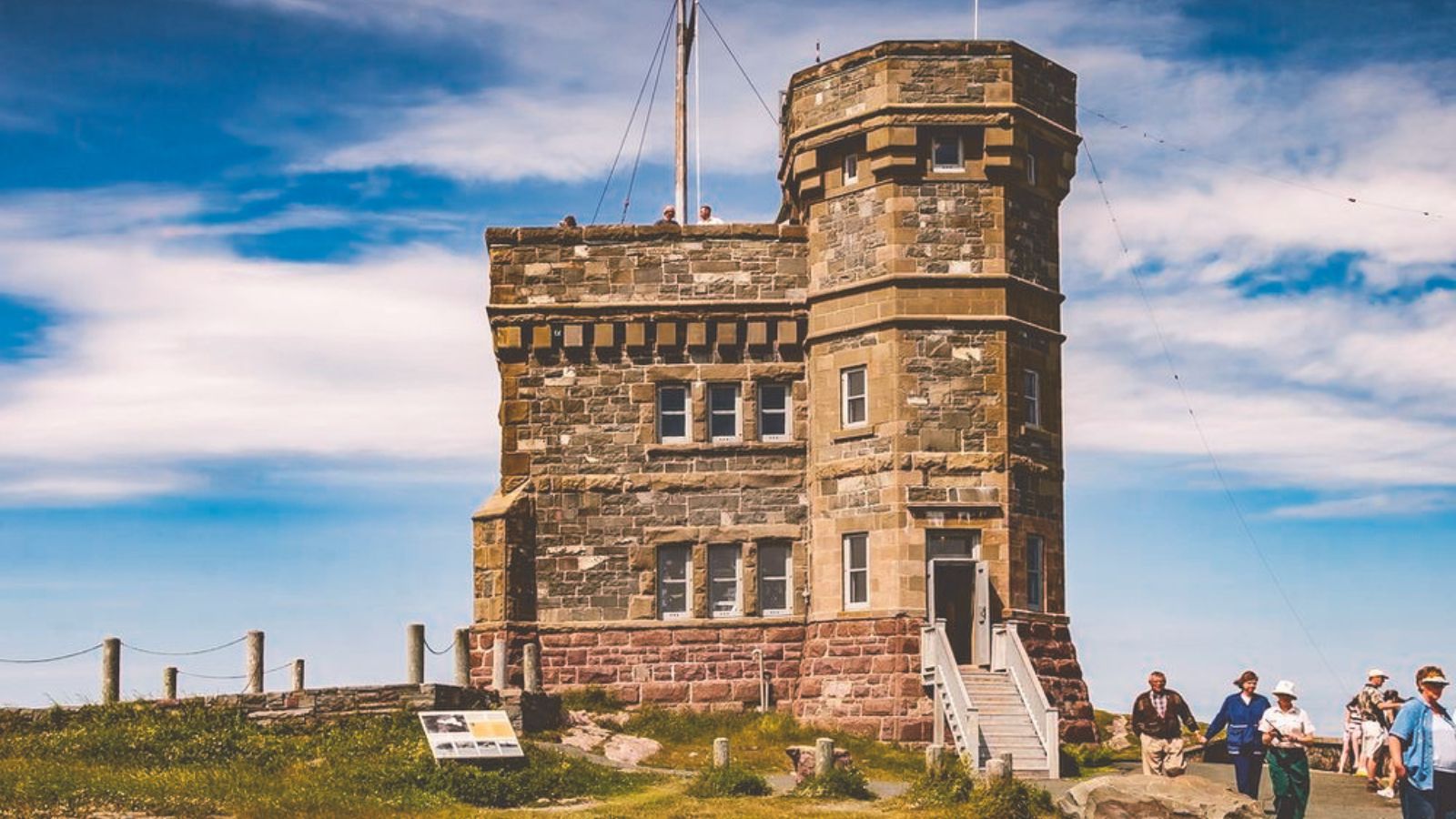
Signal Hill, famous for its role in communications history, was the site of the first transatlantic wireless signal. However, the harsh coastal environment is eroding its cliffs and weakening its infrastructure.
Climate change has caused stronger storms, which add further stress to the landmark. Preservation is also costly due to its exposed location, but the site’s global importance in telecommunications history makes it worth investing in. Signal Hill stands as a beacon of Canadian innovation, both literally and figuratively.
Ukrainian Cultural Heritage Village, Alberta
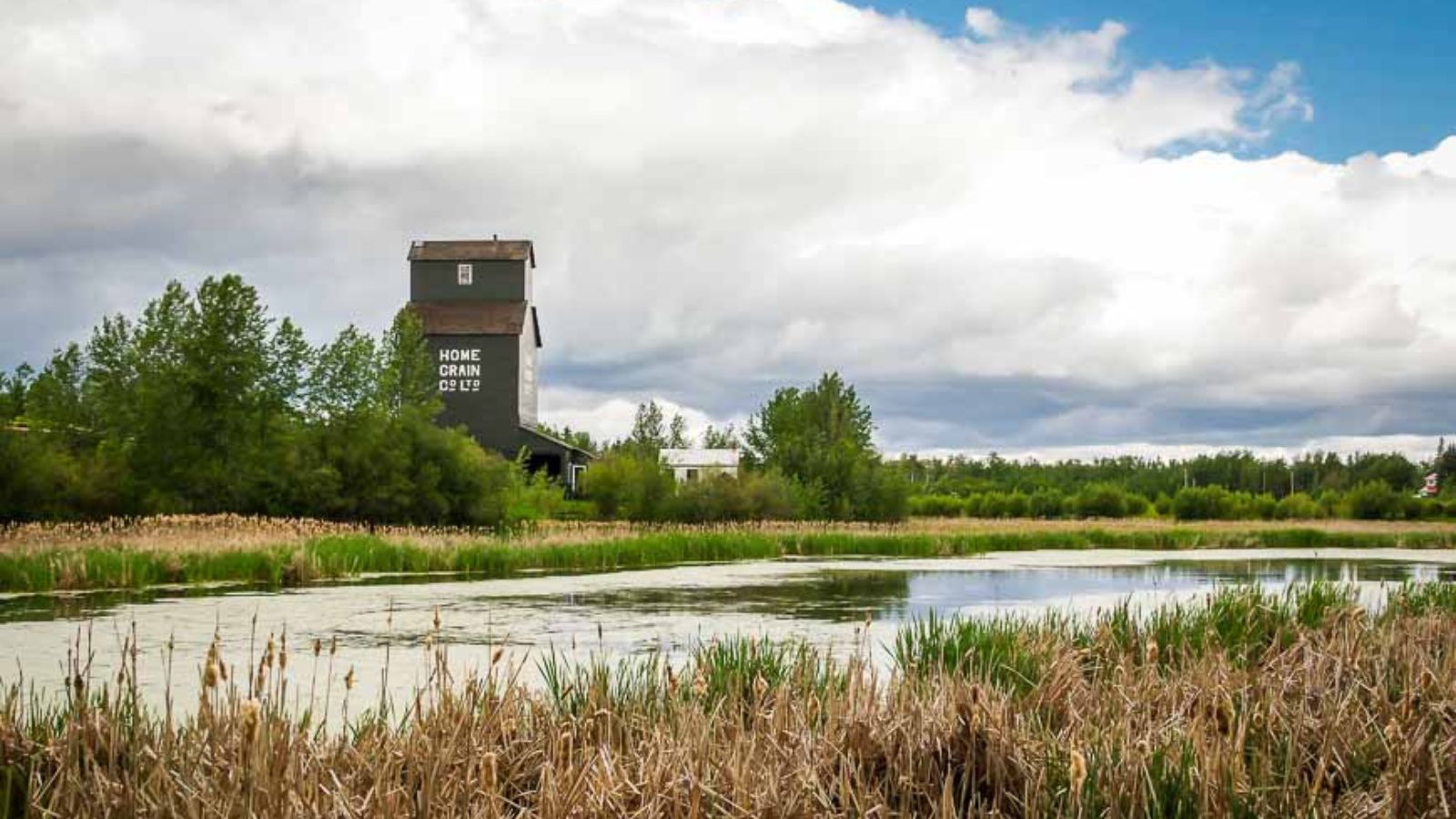
Near Edmonton, this open-air museum has preserved the early immigrant history of Ukrainian-Canadians. Wooden churches, homes, and schools populate the site, offering a detailed experience of pioneer life.
Many of the structures, however, are aging and vulnerable to the elements. A decrease in funding poses problems for ongoing conservation work. The site plays a vital role in multicultural education and cultural identity. Its disappearance would mean the loss of an essential narrative in Canada’s diverse heritage.
Prince of Wales Hotel, Alberta
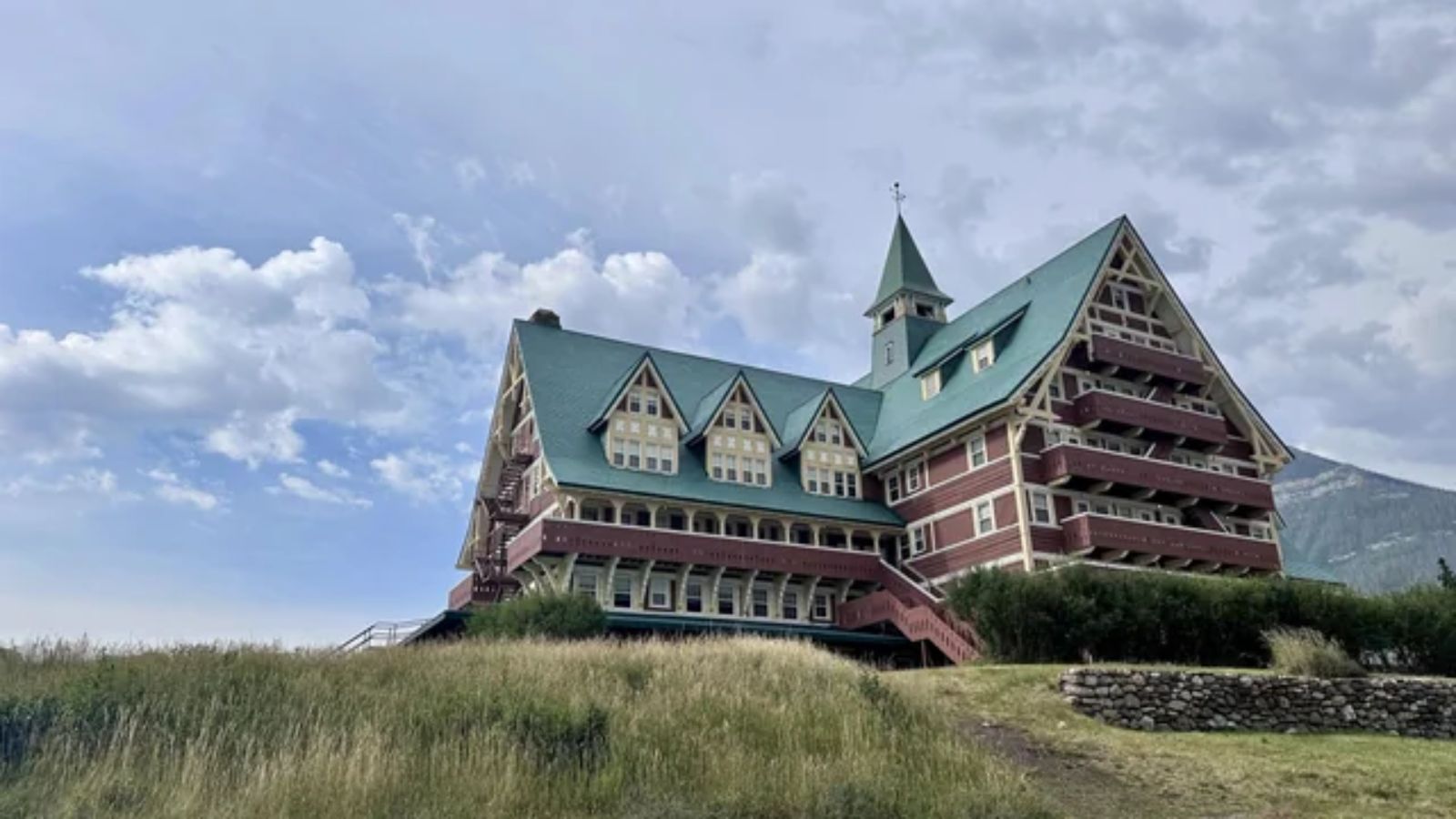
The Prince of Wales Hotel is located in Waterton Lakes National Park and is a National Historic Site that overlooks a stunning landscape. Built by the Great Northern Railway in 1927, it’s a relic of luxury travel.
The hotel’s remote location, coupled with increasing threats from wildfires and fierce winds, makes both preservation and emergency response extremely challenging. In 2017, the Kenow Fire came dangerously close to destroying it. As climate extremities become more frequent, its future is uncertain. Losing it would mean the loss of a rare architectural gem in Western Canada.
Grand Pré, Nova Scotia
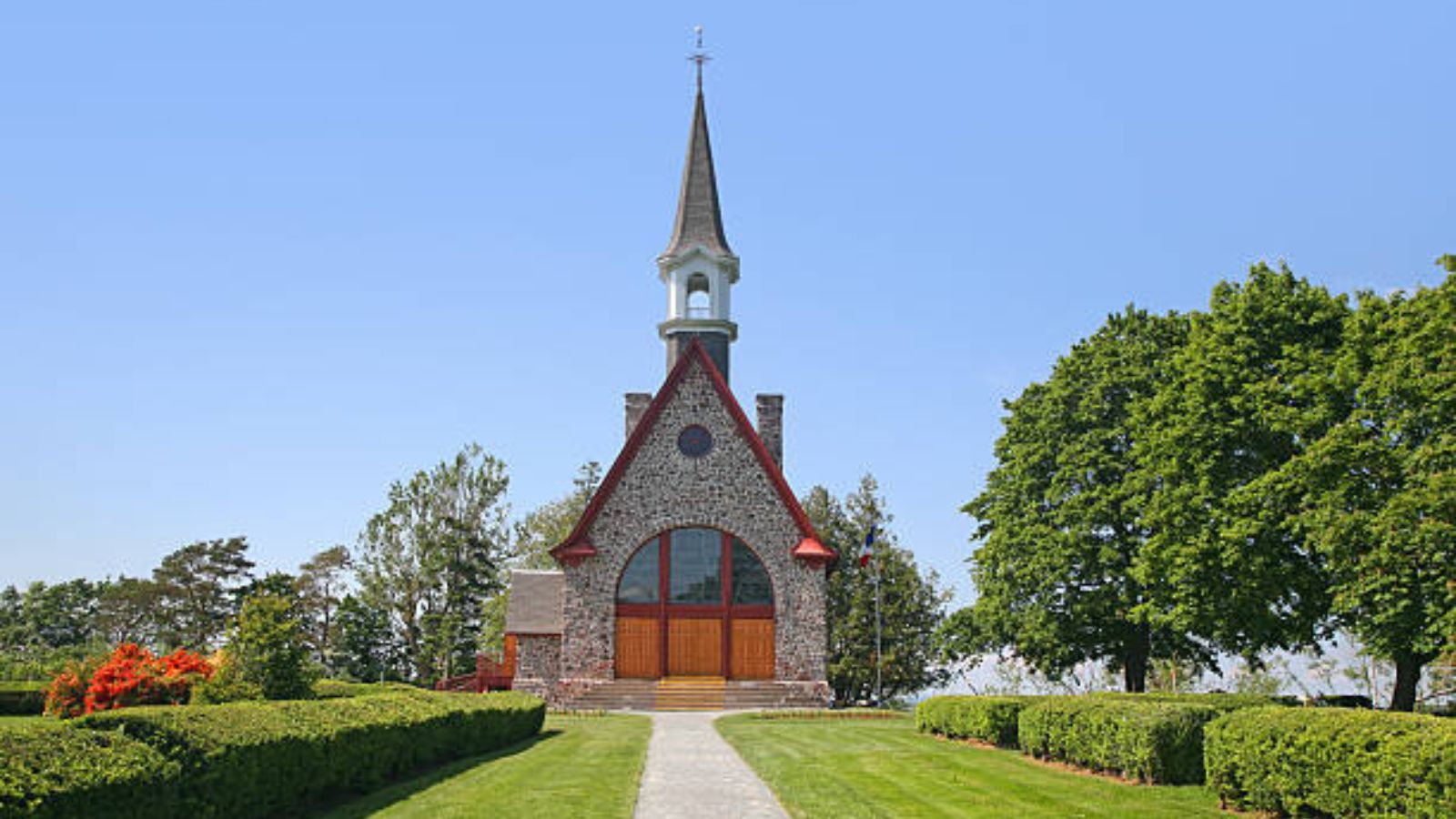
Central to the Acadian story, Grand Pré is a tribute to those exiled during the Great Upheaval. Thousands of visitors come each year due to the attractiveness of the memorial church and interpretive center.
However, the rise in sea level and coastal erosion threaten its low-lying lands. The dykes built by the Acadians centuries ago are under a lot of pressure. The loss of Grand Pré would sever an emotional and historical connection to one of Canada’s most poignant stories of displacement and resilience.
Old Quebec, Quebec
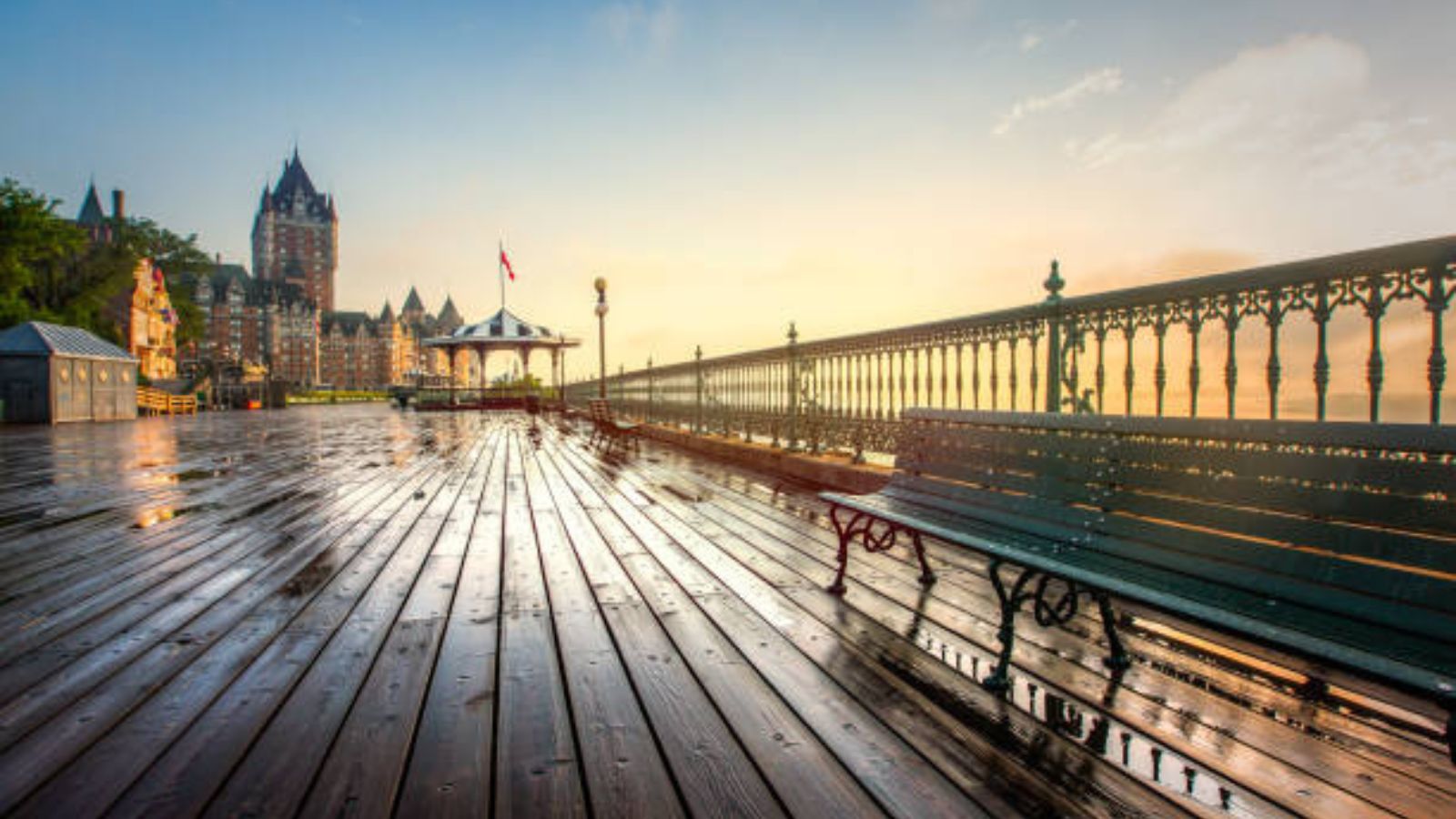
This UNESCO World Heritage Site is the only walled city north of Mexico. Its preservation has been nothing short of extraordinary, yet challenges persist, including tourism, traffic, and weathering. Continuous maintenance is required for the preservation of its walls and historical integrity.
Rising tourism also puts pressure on infrastructure. If it is not managed carefully, the uniqueness and authenticity could be diluted. Old Quebec is a cornerstone of French-Canadian identity, and it must be protected.
Algonquin Park Logging Museum, Ontario
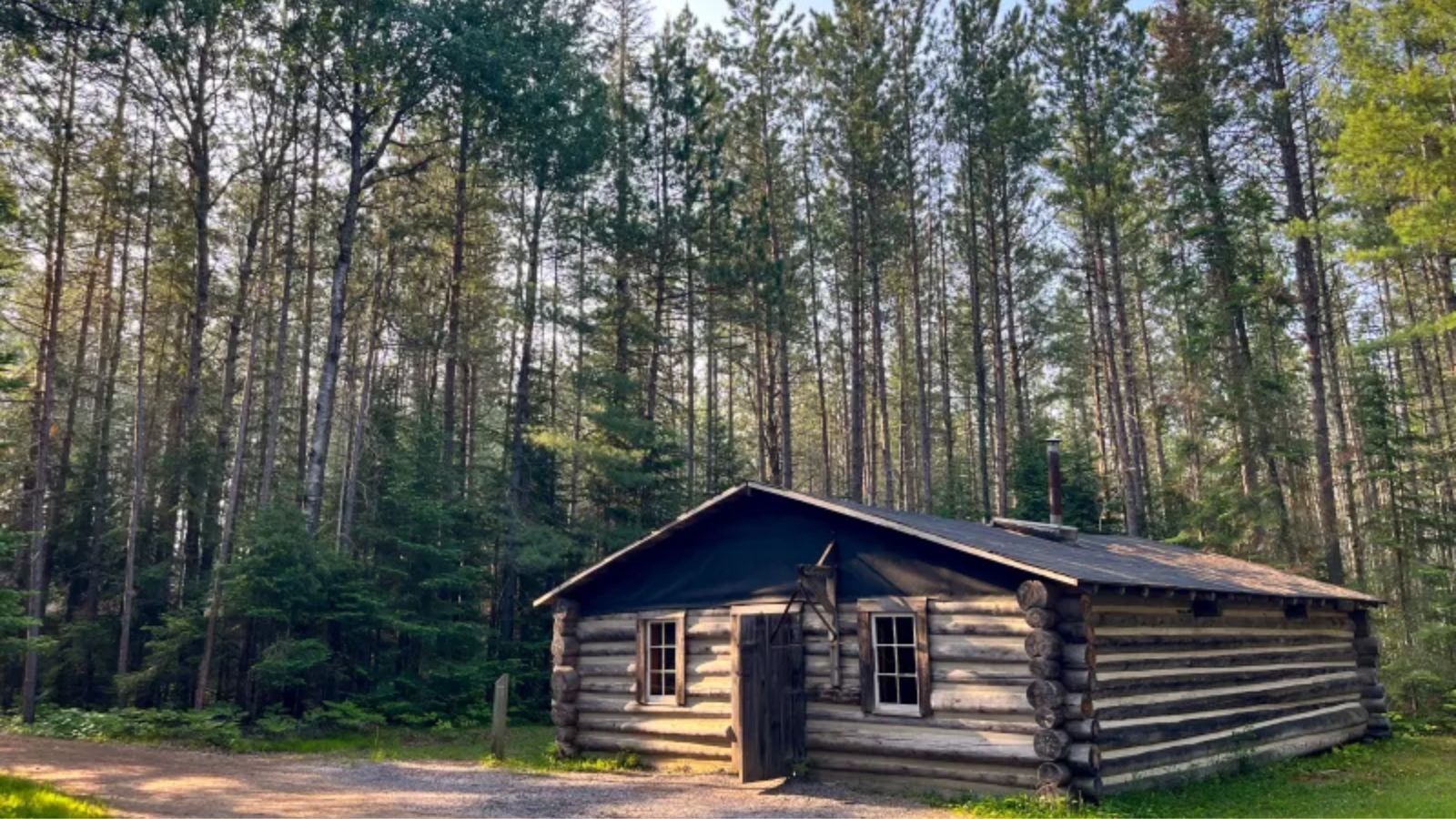
Ontario’s Algonquin Park Logging Museum highlights the logging tradition that influenced a large portion of Ontario’s economy. Its outdoor exhibitions and wooden structures are vulnerable to vandalism and deterioration.
Deterioration is accelerated by harsh winters and rising climate volatility. This educational landmark may disappear if it is not maintained. It connects Canada’s environmental and industrial pasts, which is essential to comprehending resource management.
Cape Enrage Lighthouse, New Brunswick
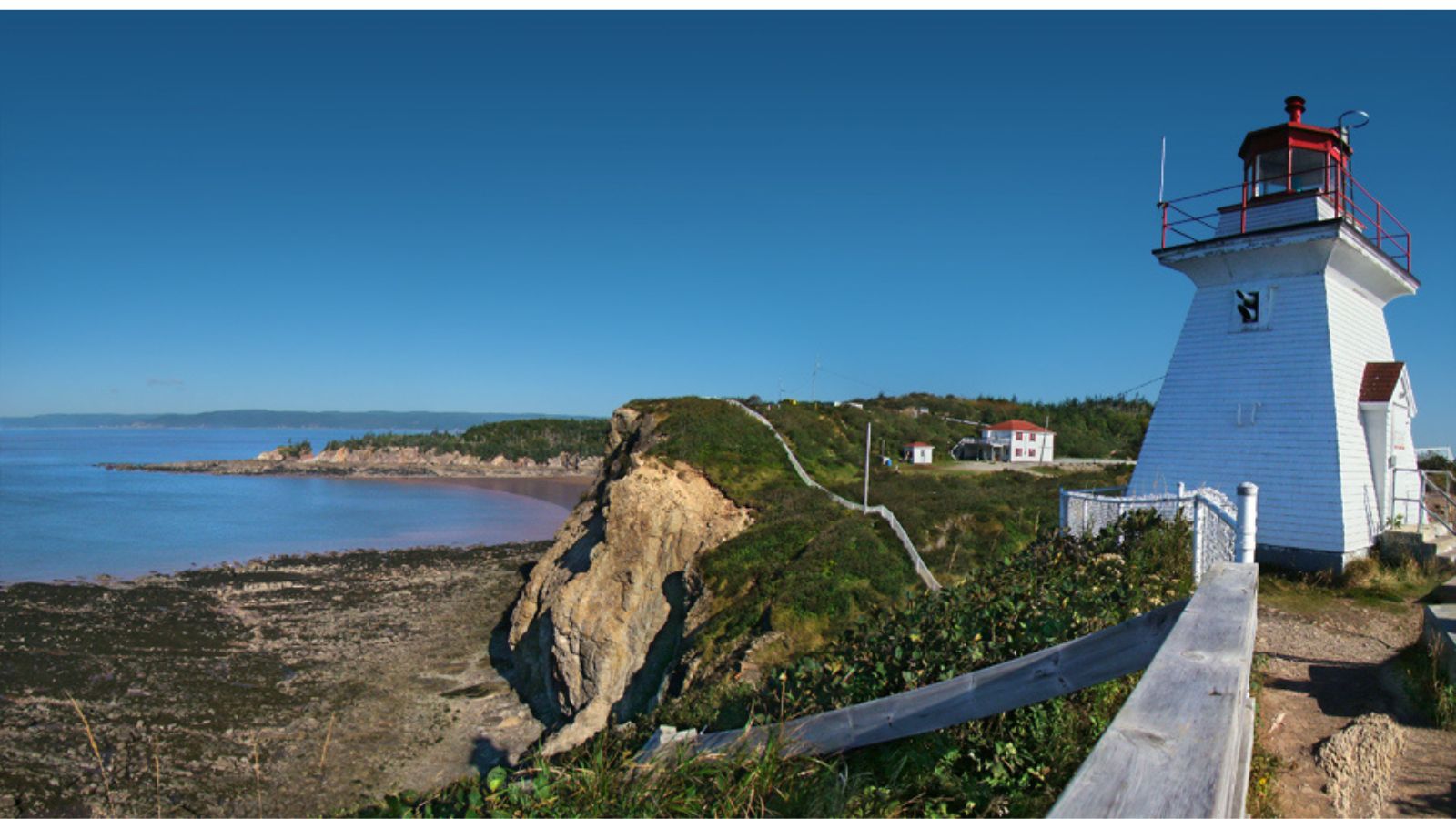
Perched on a dramatic cliffside, Cape Enrage is a beacon in many ways. It welcomes tourists to one of the most scenic coastal views and warns ships of danger. But the lighthouse base is in danger, as the cliffs are rapidly collapsing.
Conservationists are working hard to stabilize the site, but time is running out. The loss would not just be physical; a symbol of maritime heritage would also be taken away. Its preservation is a race against time and tide.
St. Roch, British Columbia
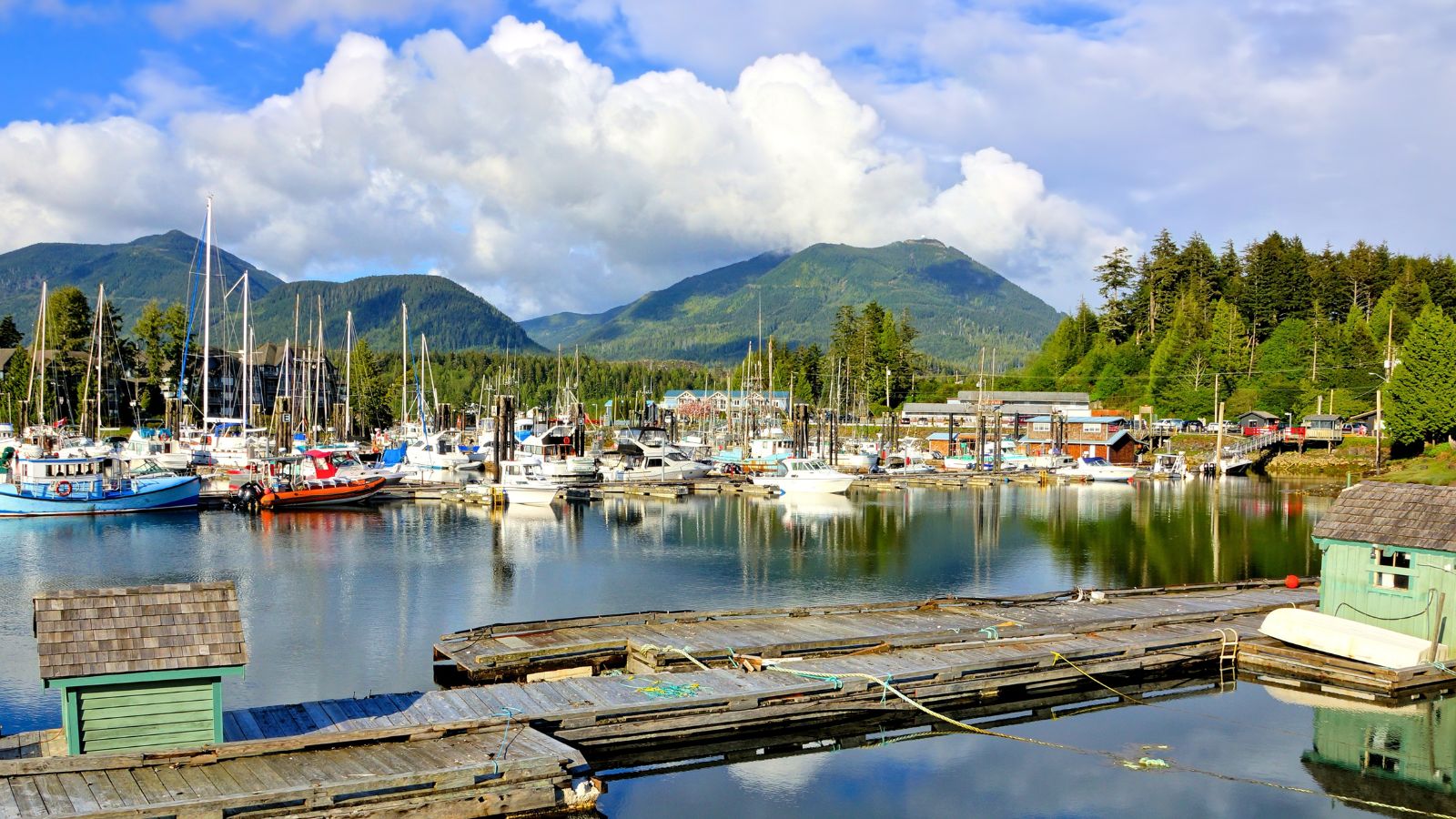
The St. Roch is a historic ship housed in Vancouver’s maritime museum and is renowned for its ability to traverse the Northwest Passage. While it is kept indoors, its wooden frame requires constant monitoring.
Risks include the museum’s climate control problems and a shortage of funding. This vessel is an example of Canadian Arctic tenacity and exploration. Without consistent and sustained care, even this indoor relic is vulnerable.
Fort York, Ontario
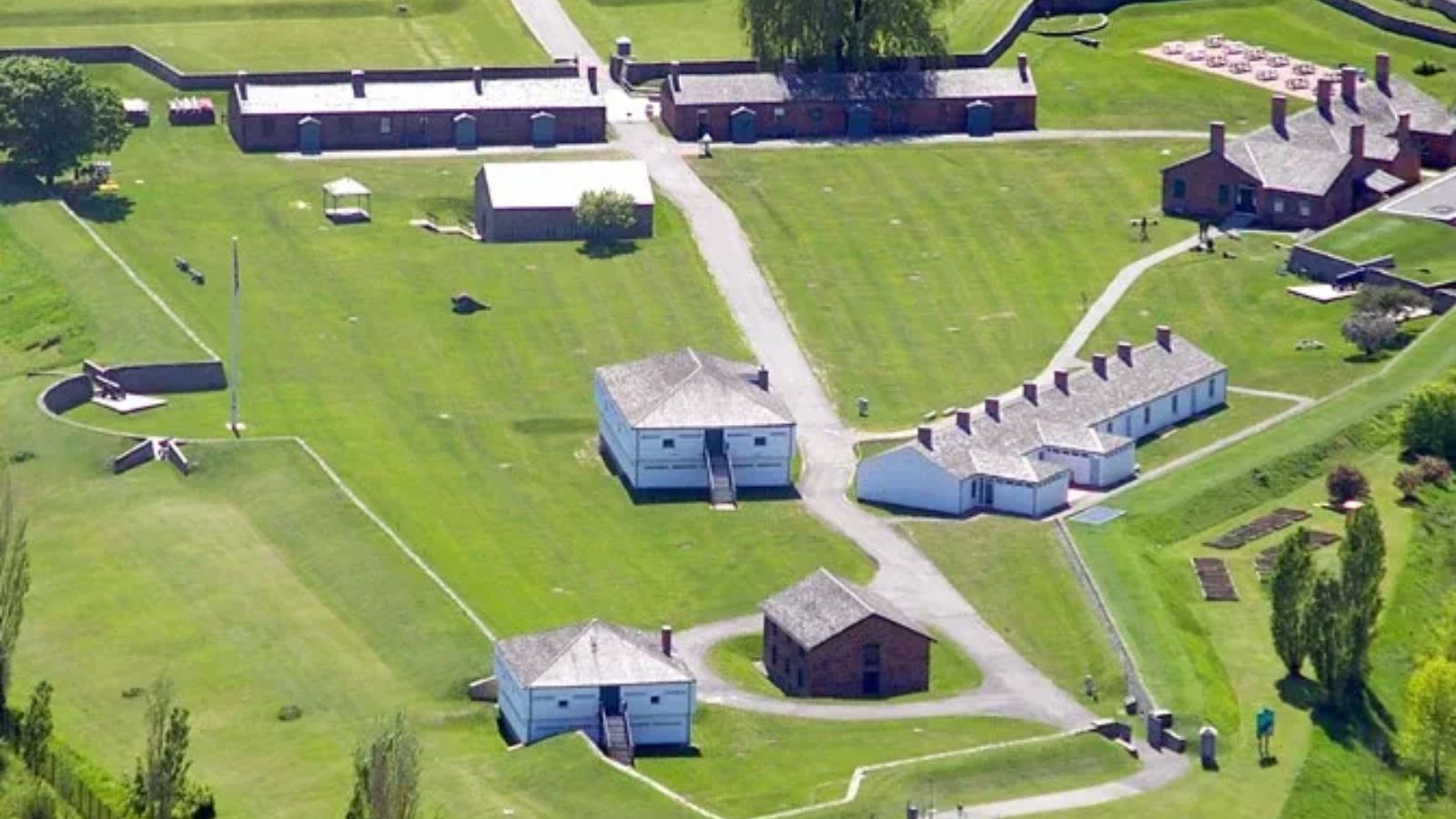
Known as the birthplace of Toronto, Fort York was crucial in the War of 1812. Now surrounded by skyscrapers and traffic, it is at risk of being overshadowed as its relevance is not what it used to be.
A poor drainage system and flooding threaten its grounds, while public awareness is fading. Its preservation is not only about structures but also about remembering how Toronto became what it is. Fort York is a living classroom, and it is in dire need of champions.
Avro Arrow Replica, Ontario

The Avro Arrow was Canada’s most ambitious attempt at leading aerospace innovation in the 1950s. The full-scale replica is currently present in the Canadian Air and Space Museum, which has faced problems like funding cuts and closures. Without a well-maintained, permanent home, this symbol of Canadian ingenuity could be lost forever. The Avro Arrow represents a lost opportunity in technological advancement. Its story—and even the replica—deserves better preservation.
Moose Factory Island, Ontario
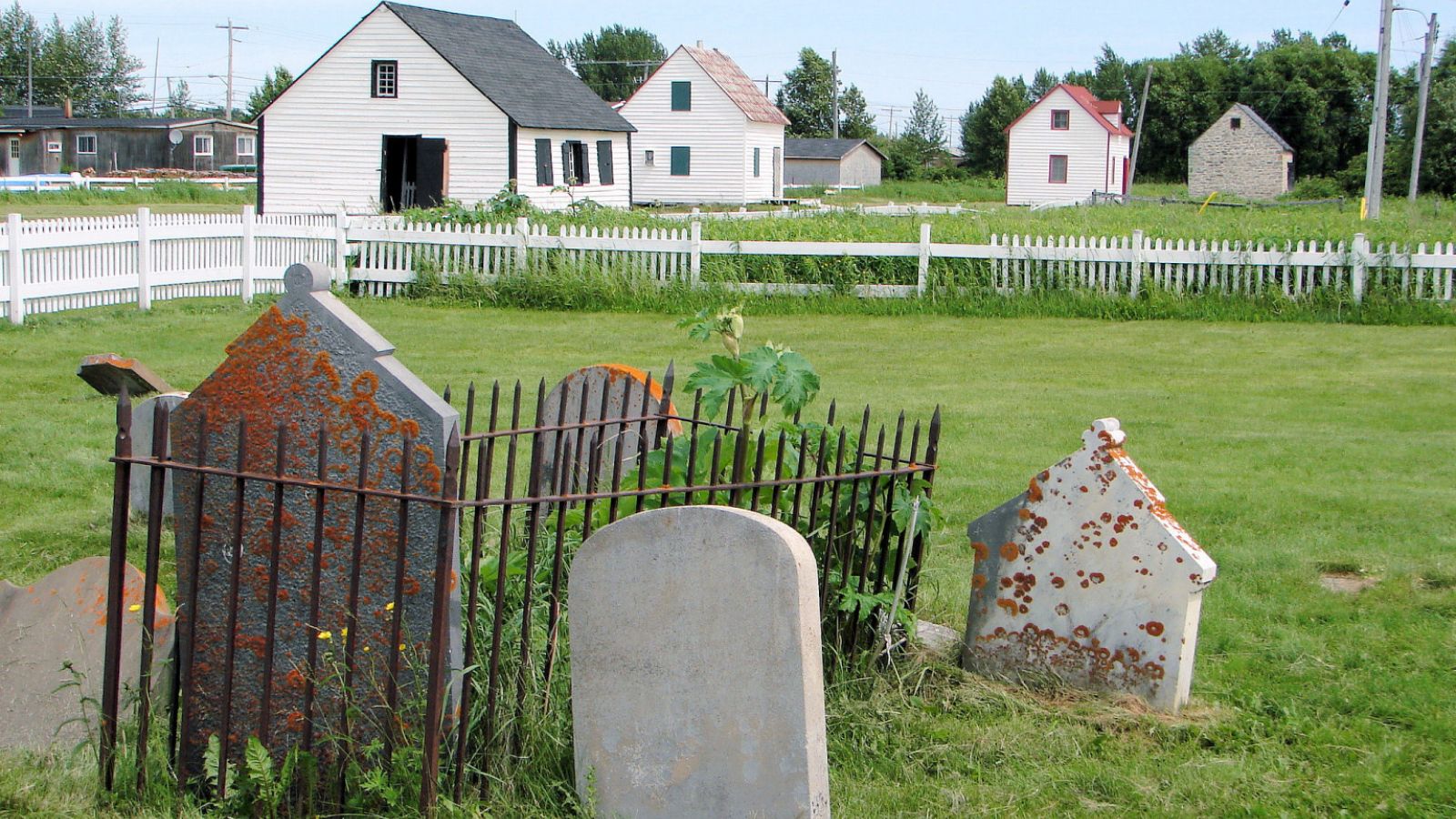
One of the earliest English colonies in Canada, this historic trading center in Northern Ontario played an important role in both Indigenous-European relations and the fur trade.
It is in jeopardy due to Moose River flooding, inadequate infrastructure, and restricted accessibility. The island’s historic structures are degrading more quickly than they can be repaired. Its protection is a national responsibility since it contains important records of early Canadian economics and cultural interchange.
Conclusion

Canada’s landmarks are not just tourist attractions—they are also echoes of its shared history and culture. Each one offers a glimpse into different chapters of the nation’s past, from its Indigenous heritage to colonial expansion and modern innovation.
Losing any of these 22 landmarks would mean losing a part of Canada’s identity. As the threats continue to accelerate because of environmental pressures and human activity, the need for conservation has never been more urgent. Protecting these places is not only a duty to our past but a gift to future generations.
25 Countries Predicted to Become Economic Superpowers in the Next 20 Years

The strength of an economy plays a crucial role in various international policies about trade and relations. Certain factors determine the strength of an economy, including population growth, availability of resources, and development and advancement. Here are 25 countries predicted to become economic superpowers in the next 20 years
25 Countries Predicted to Become Economic Superpowers in the Next 20 Years
